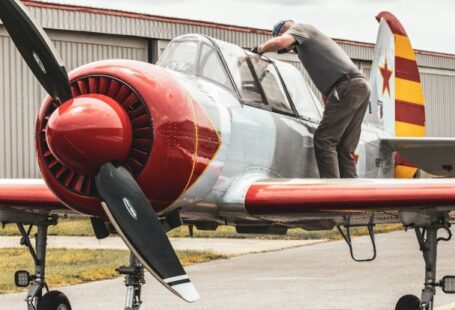Machine learning has emerged as a groundbreaking technology that is transforming various industries, and its integration into collaborative robot systems is revolutionizing the way robots interact and work alongside humans. Collaborative robots, also known as cobots, are designed to work in close proximity to humans, enhancing productivity and efficiency in manufacturing and other industries. By leveraging machine learning algorithms, these robots can adapt to changing environments, learn from human behavior, and perform complex tasks with greater precision and flexibility.
Enhancing Human-Robot Collaboration
One of the key advantages of integrating machine learning into collaborative robot systems is the enhancement of human-robot collaboration. Traditional industrial robots were often confined to working in isolated environments, separated from human workers for safety reasons. However, with the advancements in machine learning, collaborative robots are now equipped with the ability to learn and understand human gestures, movements, and commands. This enables them to work alongside humans in a shared workspace safely and efficiently, opening up new possibilities for collaborative tasks in various industries.
Adaptive Learning Capabilities
Machine learning algorithms empower collaborative robots with adaptive learning capabilities, allowing them to continuously improve their performance based on real-time data and feedback. These robots can analyze and interpret sensory information, such as visual or tactile feedback, and adjust their actions accordingly. For example, a collaborative robot equipped with machine learning algorithms can learn to recognize and grasp objects of different shapes and sizes more effectively over time, improving its overall efficiency and productivity in tasks like pick-and-place operations.
Predictive Maintenance and Fault Detection
Another significant application of machine learning in collaborative robot systems is predictive maintenance and fault detection. By analyzing historical data and patterns, machine learning algorithms can predict potential issues or malfunctions in the robot system before they occur. This proactive approach to maintenance can help prevent costly downtimes and disruptions in production processes. Additionally, machine learning algorithms can identify anomalies in the robot’s behavior or performance, enabling early detection of faults and facilitating prompt troubleshooting and repairs.
Dynamic Task Planning and Optimization
Machine learning algorithms enable collaborative robots to perform dynamic task planning and optimization, allowing them to adapt to changing conditions and requirements in real time. These robots can analyze multiple variables, such as task complexity, resource availability, and environmental constraints, to optimize their actions and decision-making processes. By continuously learning from their interactions with the environment and human operators, collaborative robots can improve their task efficiency and effectiveness over time, leading to enhanced overall system performance.
Enhanced Safety and Risk Mitigation
Integrating machine learning into collaborative robot systems also enhances safety and risk mitigation in shared workspaces. Machine learning algorithms can enable robots to predict and prevent potential collisions with humans or other objects by analyzing movement patterns and predicting potential hazards. Additionally, these algorithms can learn to identify and respond to safety-critical situations in real time, reducing the risk of accidents and injuries in collaborative work environments. By continuously improving their safety protocols through machine learning, collaborative robots can ensure a higher level of safety for both humans and machines in shared workspaces.
Innovative Applications and Future Prospects
The integration of machine learning into collaborative robot systems is unlocking a wide range of innovative applications and paving the way for future advancements in robotics. From autonomous navigation and adaptive control to human-like decision-making and cognitive capabilities, collaborative robots are evolving into intelligent systems that can revolutionize various industries. As machine learning technology continues to advance, the possibilities for enhancing human-robot collaboration, improving task efficiency, and ensuring safety in shared workspaces are limitless.
In conclusion, the integration of machine learning into collaborative robot systems is driving a new era of robotics where robots can learn, adapt, and interact with humans in unprecedented ways. By harnessing the power of machine learning algorithms, collaborative robots are becoming smarter, more efficient, and safer, opening up a world of possibilities for transforming industries and revolutionizing the way humans and robots work together. The future of collaborative robot systems powered by machine learning holds immense potential for innovation and growth, promising a more productive, efficient, and collaborative future for industries across the globe.





